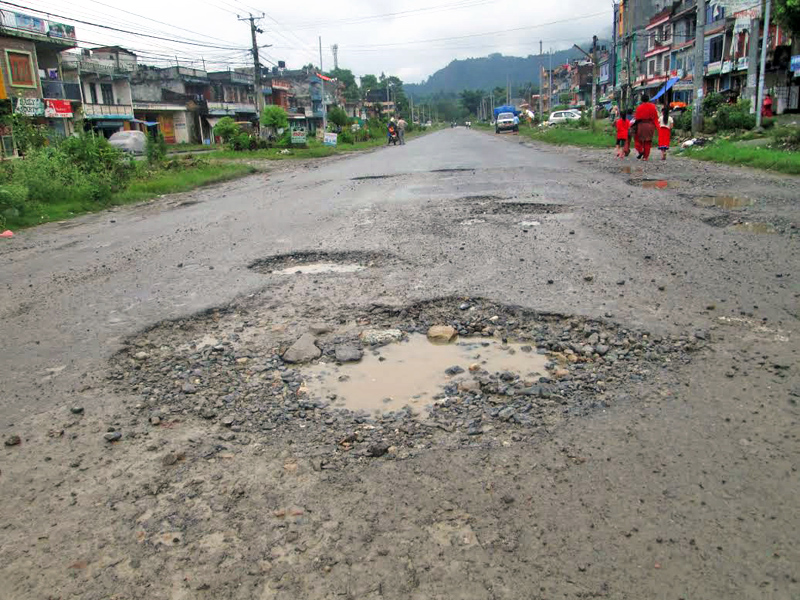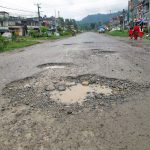Roads make travel so convenient that not having them – or having them be in poor condition – is a significant source of frustration. BUT how did the well designed roads get damaged so easily? let’s discuss How do Potholes Form?
There are lots of ways to build a road. From yellow bricks to rainbows to simple dirt and water, the combinations of materials and construction techniques are practically endless. And yet, across the world, there’s one design that makes up the vast majority of our roadways.
It consists of one or more layers of angular rock called a base course and then a layer of asphalt concrete (also called blacktop or tarmac). It turns out that this design strikes the perfect balance between being cost-effective while creating a smooth and durable road surface. But, asphalt roadways aren’t invincible, and they do suffer from a few common problems, one of those being potholes.
What are Potholes?
From time to time, while traveling on the blacktop road, you’ll run into or over a hole in the road; that’s a pothole.
Potholes are areas of road surface that have cracked, worn away, and eventually formed a hole. They start out as tiny cracks. But if they’re not fixed right away, they can grow. Potholes may be from a few inches wide and deep to a few feet wide and several inches deep.
Potholes make a ride bumpy and potentially dangerous. They can damage vehicle tires and even affect the alignment of a vehicle’s wheels. Potholes cause billions of dollars of damage to tires, shocks, and wheels of vehicles. Even worse, they’re dangerous. Cars swerve to miss them, sometimes at high speeds, and if a bike, motorcycle, or scooter hits one, it can be bad news.
How do potholes Form?
Potholes develop naturally in steps.
1. Surface develops a crack
Asphalt stands up to a lot of abuse. Exposure to the constant barrage of traffic in addition to harsh sunlight, rain, snow, sleet, and freezing weather will eventually wear down any material, no matter how strong. When that happens to asphalt, the first sign is cracking.
2. Water seeps into the crack
Cracks are the weakest links of pavement systems. Because they let in water. As water finds its way into cracks and below the pavement, it can get trapped above the subgrade. Eventually, these soils get waterlogged, softening and weakening. As heavy traffic flow with rapid speed, already waterlogged areas are more weaken.
3. Erosion of subgrade
Asphalt is called a “flexible pavement” because it doesn’t distribute these loads across a large area like something more rigid would. So, every time a tire hits this soft area, it pushes some of the water back out of the pavement. That water carries particles of soil with it. This is a slow process, but eventually, it will erode subgrade.
4. Pavement lose support
Every little bit of subgrade eroded from beneath the pavement means less support, which means more free volume below the pavement for water to be pumped in and out by traffic. This, in turn, creates more erosion in a positive feedback loop. Eventually, the pavement loses enough support that it fails, breaking off and crumbling, and you’ve got a pothole.
As the weight of cars and trucks pass over the weak spot in the road, pieces of the roadway material weaken, which will cause the material to be displaced or broken down from the weight, creating the bigger potholes
Why Potholes are Worst in Winter
This whole process is made even worse in climates with freezing weather
What Causes Potholes
we discuss the process of How do Potholes Form, but the Potholes formation process may result from four main causes:
- Insufficient pavement thickness to support traffic during freeze/thaw periods without localized failures
- Insufficient drainage
- Failures at utility trenches and castings (manhole and drain casings)
- Pavement defects and cracks left unmaintained and unsealed so as to admit moisture and compromise the structural integrity of the pavement
How to Fix Potholes
There are many types of pothole fixes depending on the materials, cost, and climate conditions.







